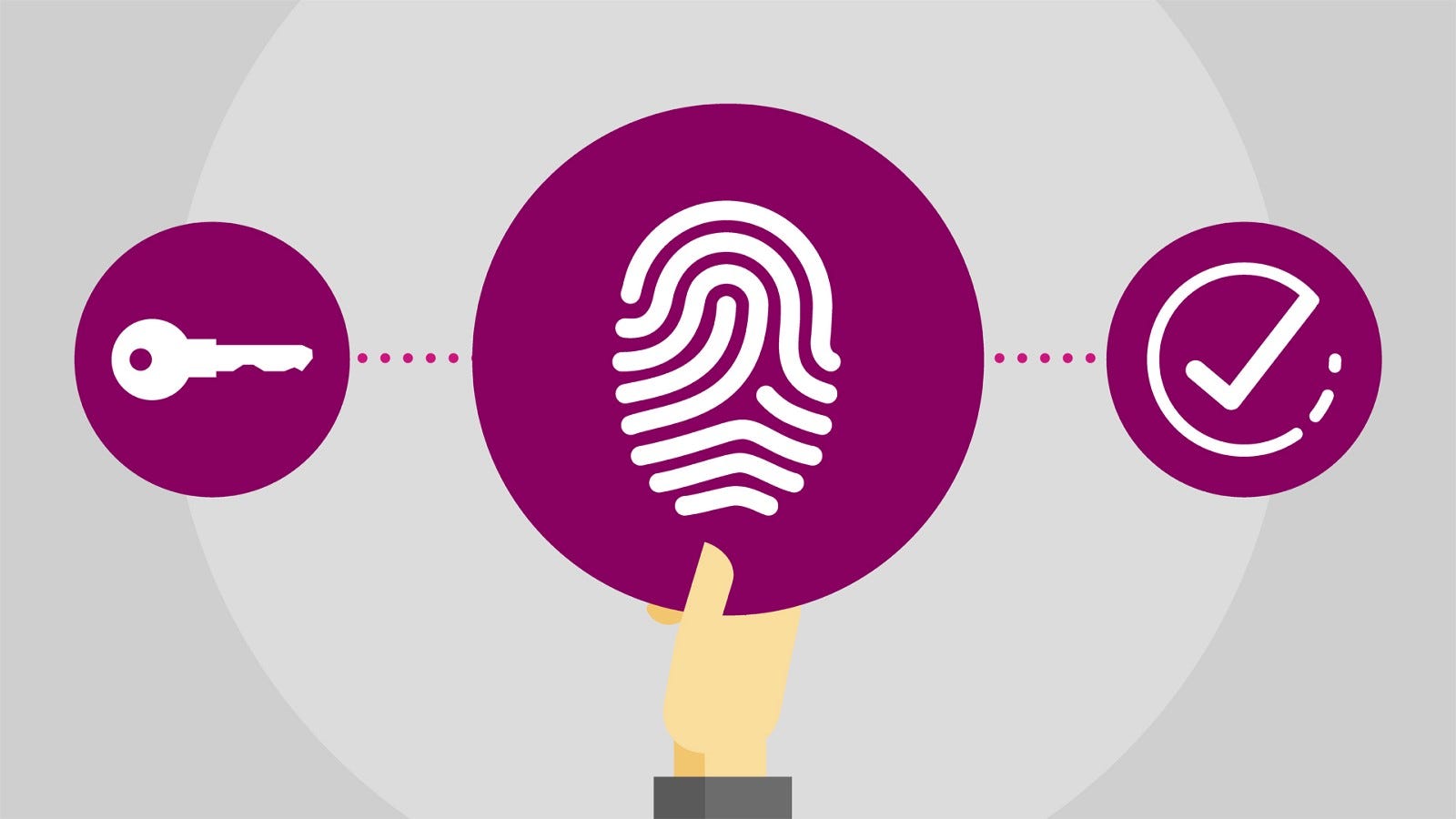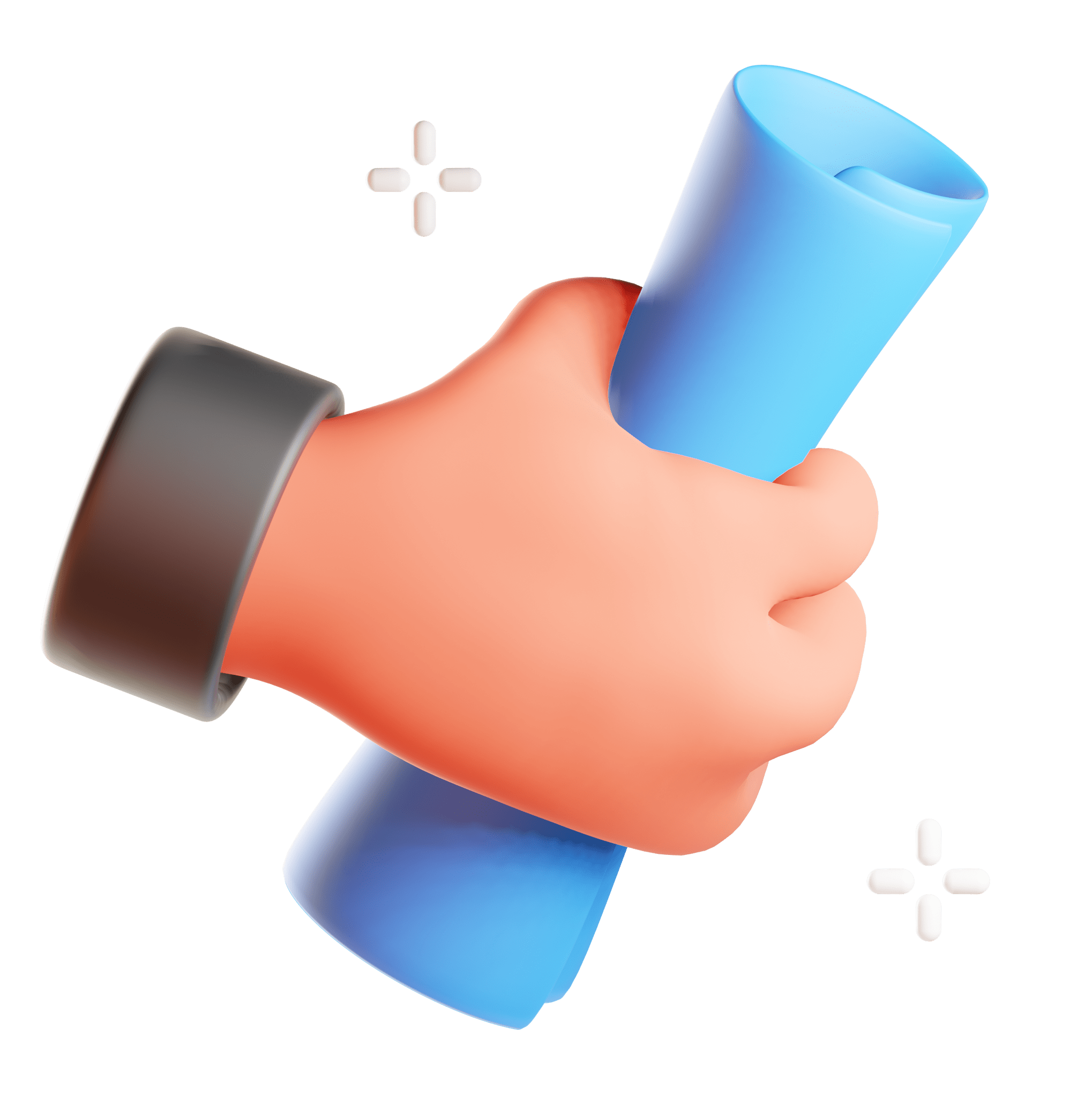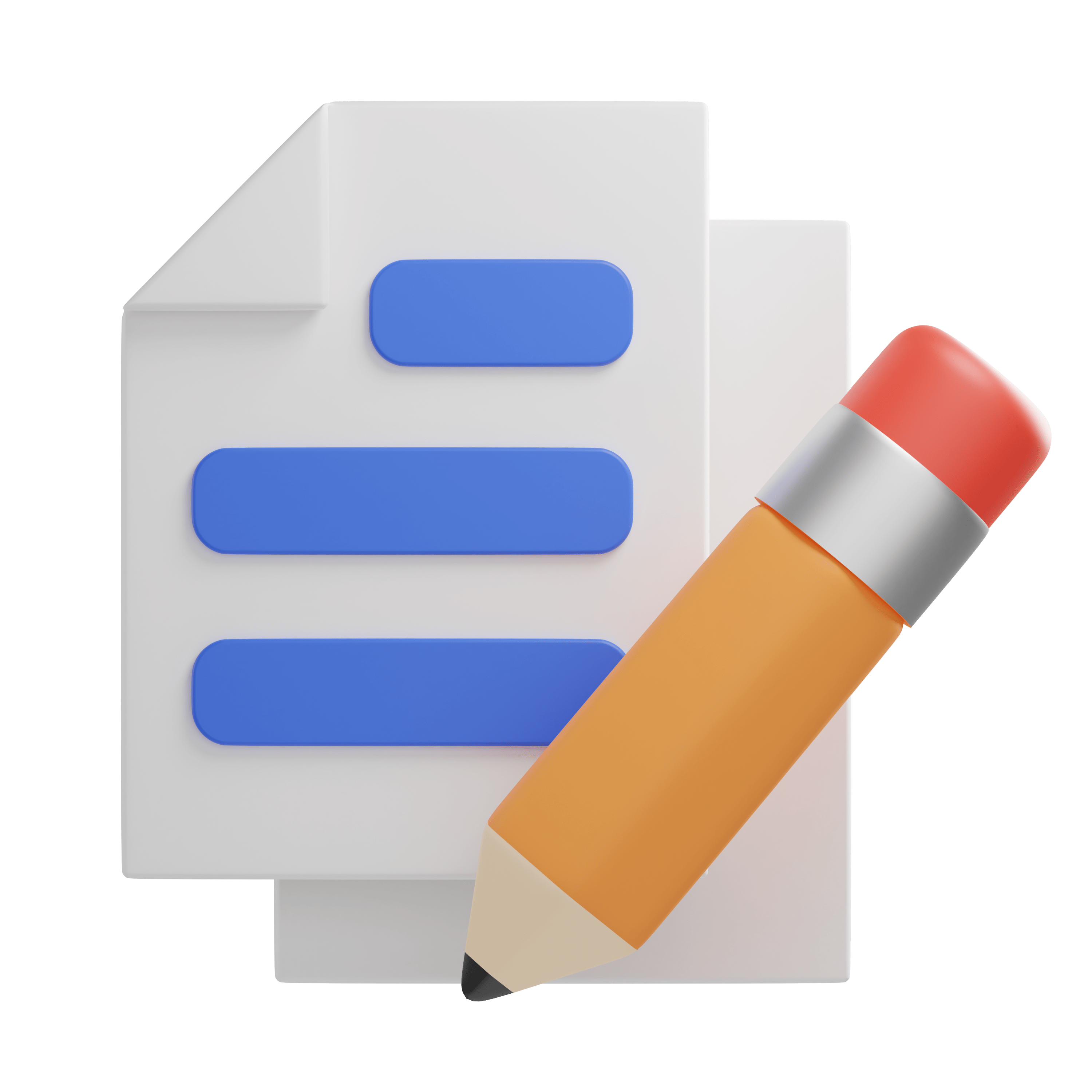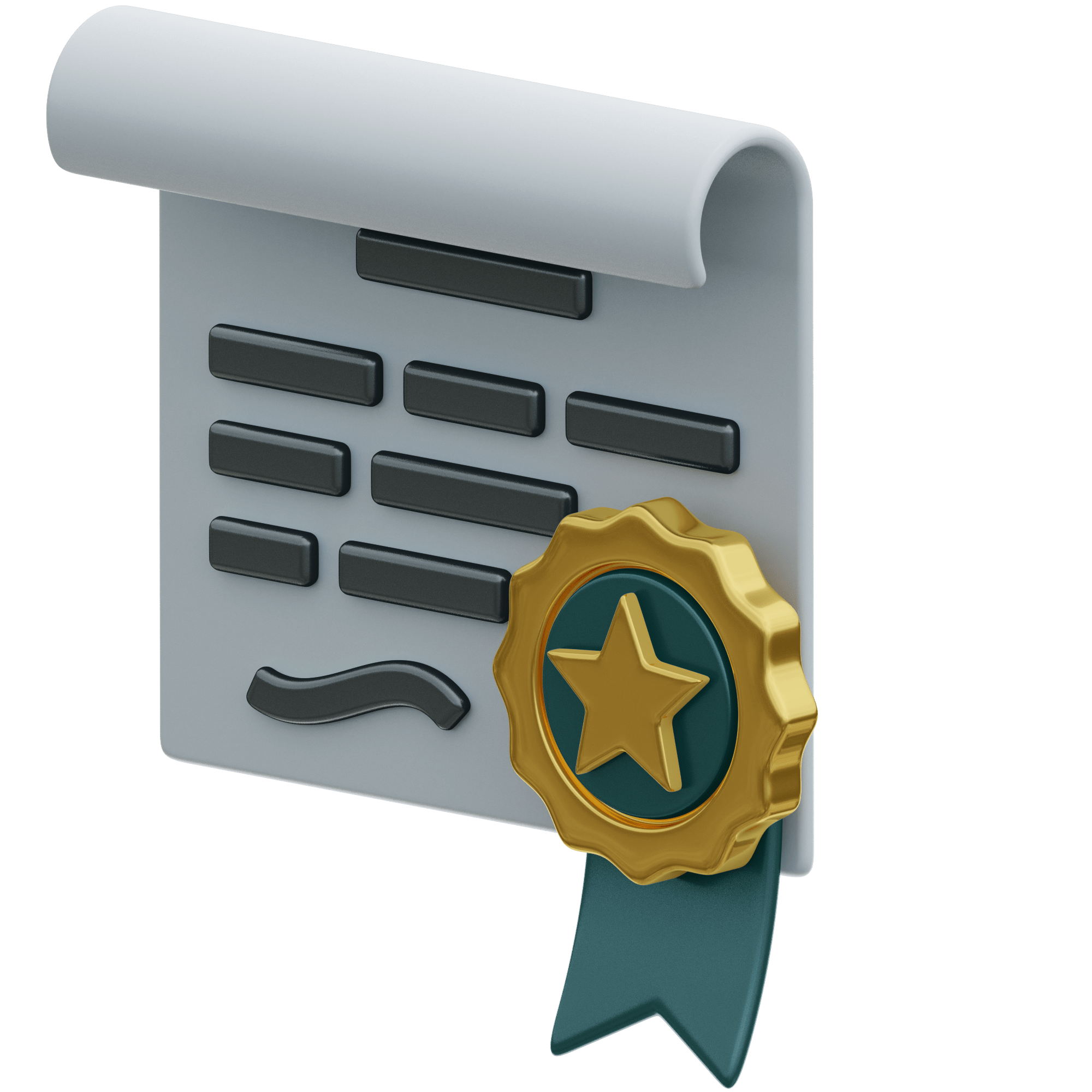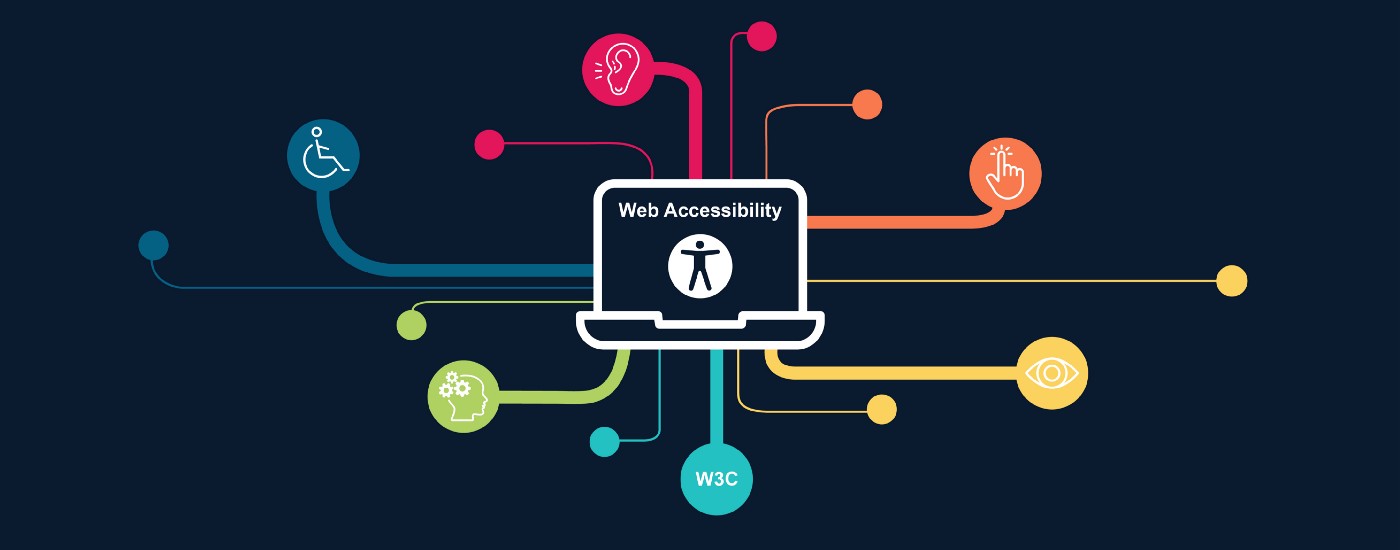
 Ankit Raj
Ankit Raj  Date - 1st Nov, 2021
Date - 1st Nov, 2021 Introduction
Welcome to A Beginner's Guide to Web Accessibility. Over the course we'll be looking at web accessibility, what it is, why it matters and what you can do to start making your sites more accessible. This is a great course for anyone interested in or already involved in the web. That includes designers, developers, project managers, and CEOs. We'll review some important terms and organizations involved to get a better idea of the laws behind web accessibility as well as what the future looks like in this area. In chapter 1 we'll learn about different disabilities, how they apply to the web, and how users with those particular disabilities might navigate the web. We'll also take a look at what it means to conform to accessible standards.
When websites and web tools are properly designed and coded, people with disabilities can use them. However, currently many sites and tools are developed with accessibility barriers that make them difficult or impossible for some people to use.
Making the web accessible benefits individuals, businesses, and society. International web standards define what is needed for accessibility.
Accessibility in Context
The Web is fundamentally designed to work for all people, whatever their hardware, software, language, location, or ability. When the Web meets this goal, it is accessible to people with a diverse range of hearing, movement, sight, and cognitive ability.
Thus the impact of disability is radically changed on the Web because the Web removes barriers to communication and interaction that many people face in the physical world. However, when websites, applications, technologies, or tools are badly designed, they can create barriers that exclude people from using the Web.
Accessibility is essential for developers and organizations that want to create high-quality websites and web tools, and not exclude people from using their products and services.
What is Web Accessibility
Web accessibility means that websites, tools, and technologies are designed and developed so that people with disabilities can use them. More specifically, people can:
• perceive, understand, navigate, and interact with the Web• contribute to the Web
Web accessibility encompasses all disabilities that affect access to the Web, including:
• Auditory• Cognitive
• Neurological
• Physical
• Speech
• Visual
Web accessibility encompasses all disabilities that affect access to the Web, including:
• Auditory• Cognitive
• Neurological
• Physical
• Speech
• Visual
Web accessibility also benefits people without disabilities, for example:
• People using mobile phones, smart watches, smart TVs, and other devices with small screens, different input modes, etc.• Older people with changing abilities due to ageing
• People with “temporary disabilities” such as a broken arm or lost glasses
• People with “situational limitations” such as in bright sunlight or in an environment where they cannot listen to audio
• People using a slow Internet connection, or who have limited or expensive bandwidth
Evaluating Accessibility
When developing or redesigning a website, evaluate accessibility early and throughout the development process to identify accessibility problems early, when it is easier to address them. Simple steps, such as changing settings in a browser, can help you evaluate some aspects of accessibility. Comprehensive evaluation to determine if a website meets all accessibility guidelines takes more effort.
There are evaluation tools that help with evaluation. However, no tool alone can determine if a site meets accessibility guidelines. Knowledgeable human evaluation is required to determine if a site is accessible.
Thank You For Reading
